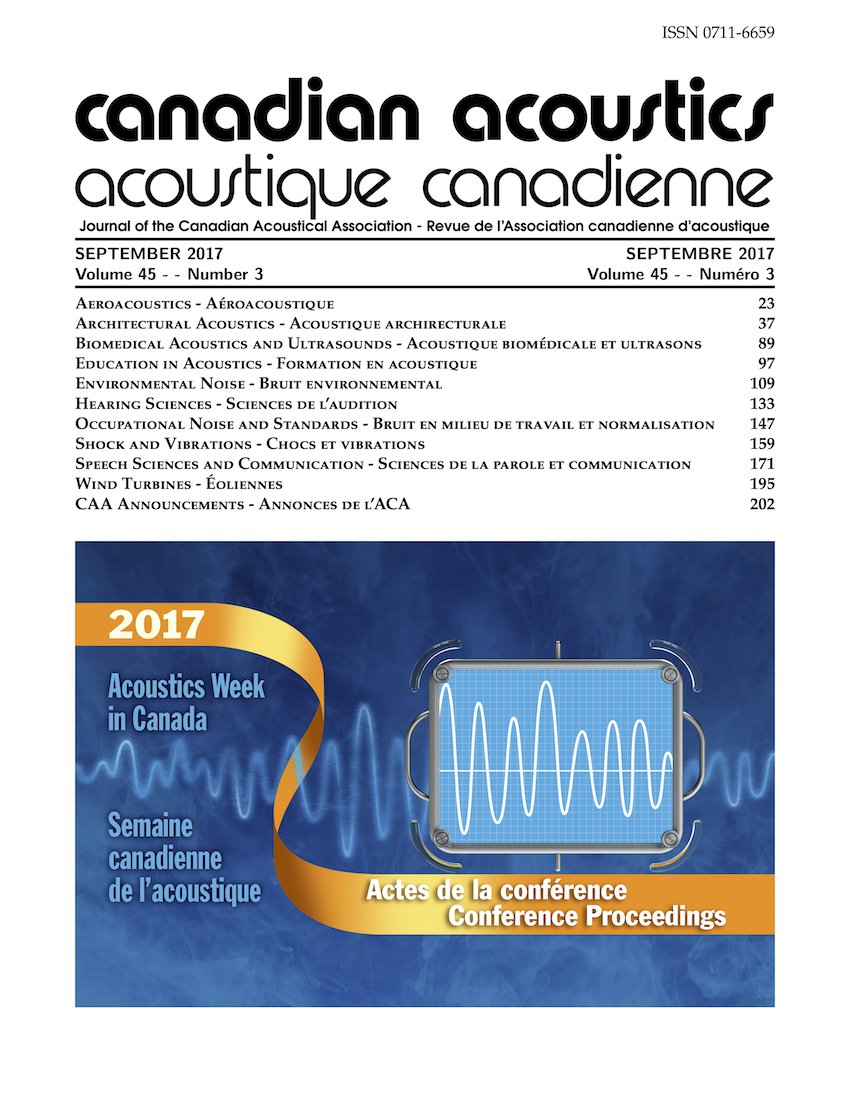Mitigation of Railway Induced Ground-borne Noise and Vibration
Abstract
New surface and underground railway lines are increasingly being introduced into urban areas as a result of intensification. Furthermore, new developments are being built with lighter construction materials and longer spans in close proximity to track alignments. These factors have led to more ground-borne noise and vibration being perceived inside buildings and increased potential for annoyance for the occupants. Vibrating walls and floors act like giant loudspeakers reradiating the acoustic energy as noise. Low levels of vibration, even below the level of human perception can interfere with the operation of sensitive equipment found in hospitals, labs and high-tech facilities. There are alternative methods to mitigate the impact of ground borne noise and vibration from railway traffic which can be used individually or together: isolating the source, interrupting the vibration path and/or isolating the receiver. This paper reviews the common mitigation methods of each type available to the design community. Increasing track compliance by introducing resilient elements in the rail support system can reduce transfer of vibration to the ground. Vibration can be prevented from reaching buildings through properly built in-ground wave barriers acting in an analogous manner to sound barriers. Introducing resilient element in building foundations can isolate entire buildings from vibration. Sensitive equipment can be mounted on special isolating tables or mounts.Additional Files
Published
How to Cite
Issue
Section
License
Author Licensing Addendum
This Licensing Addendum ("Addendum") is entered into between the undersigned Author(s) and Canadian Acoustics journal published by the Canadian Acoustical Association (hereinafter referred to as the "Publisher"). The Author(s) and the Publisher agree as follows:
-
Retained Rights: The Author(s) retain(s) the following rights:
- The right to reproduce, distribute, and publicly display the Work on the Author's personal website or the website of the Author's institution.
- The right to use the Work in the Author's teaching activities and presentations.
- The right to include the Work in a compilation for the Author's personal use, not for sale.
-
Grant of License: The Author(s) grant(s) to the Publisher a worldwide exclusive license to publish, reproduce, distribute, and display the Work in Canadian Acoustics and any other formats and media deemed appropriate by the Publisher.
-
Attribution: The Publisher agrees to include proper attribution to the Author(s) in all publications and reproductions of the Work.
-
No Conflict: This Addendum is intended to be in harmony with, and not in conflict with, the terms and conditions of the original agreement entered into between the Author(s) and the Publisher.
-
Copyright Clause: Copyright on articles is held by the Author(s). The corresponding Author has the right to grant on behalf of all Authors and does grant on behalf of all Authors, a worldwide exclusive license to the Publisher and its licensees in perpetuity, in all forms, formats, and media (whether known now or created in the future), including but not limited to the rights to publish, reproduce, distribute, display, store, translate, create adaptations, reprints, include within collections, and create summaries, extracts, and/or abstracts of the Contribution.


